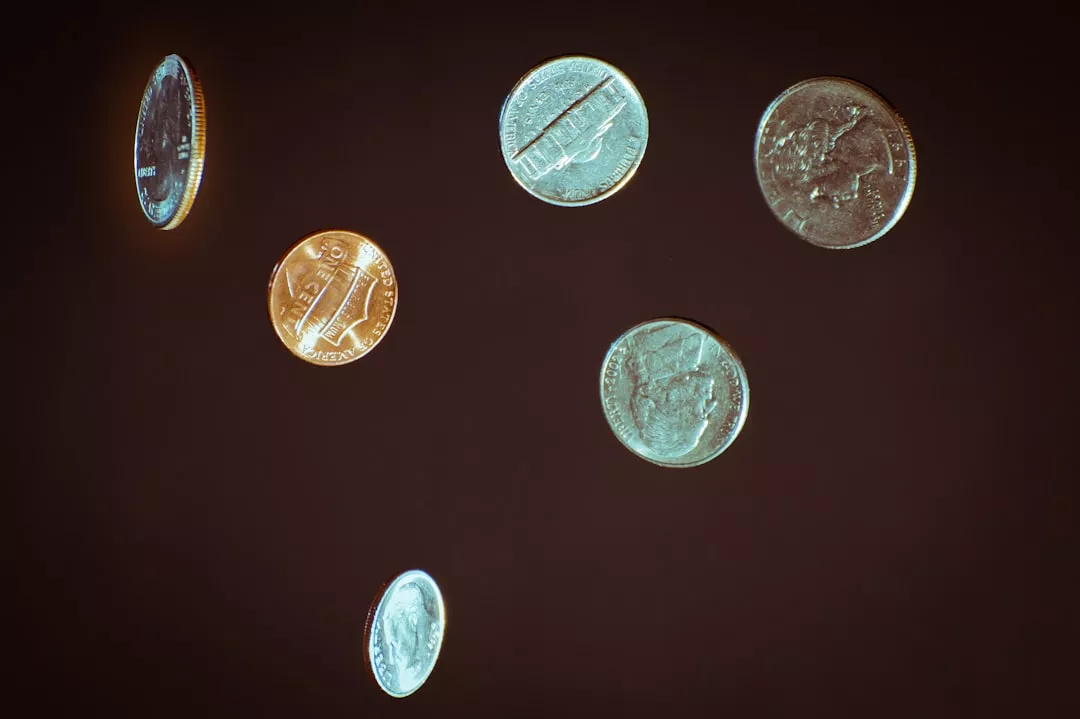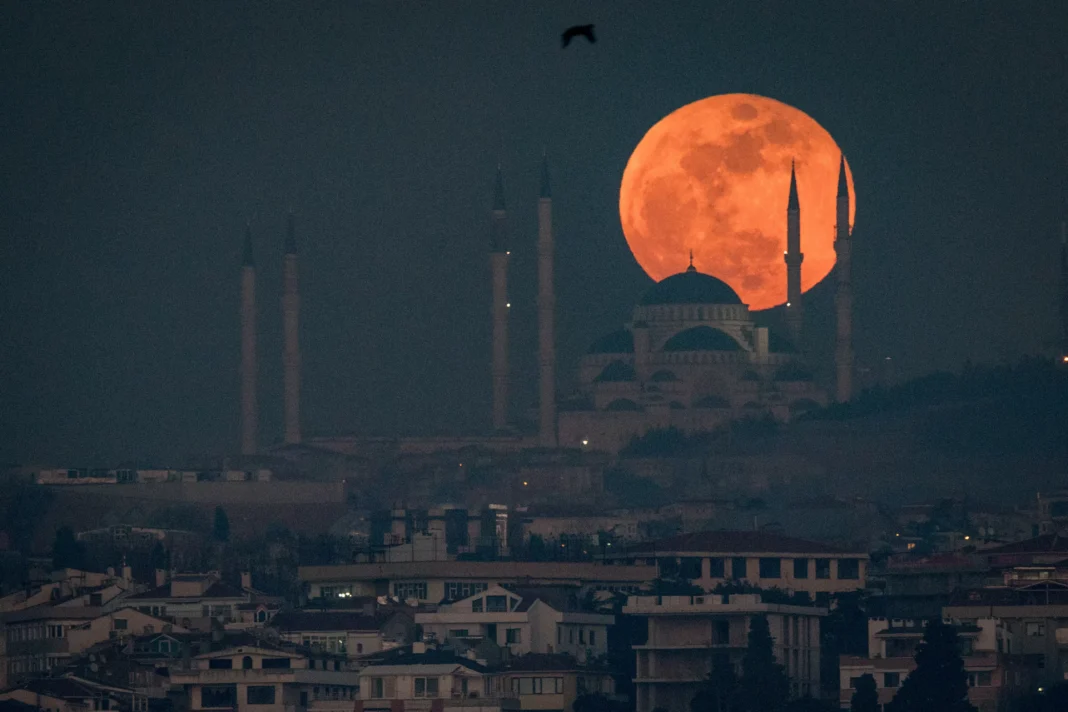Get ready for a thrilling sky show on March 13 and 14 as a total lunar eclipse will be taking place. This rare celestial event is not to be missed and here’s everything you need to know to witness its grandeur.
A lunar eclipse occurs when the Earth comes between the sun and the moon, casting its shadow on the surface of the moon. This creates a spectacular sight as the moon appears to turn into a deep shade of red, earning it the nickname “Blood Moon”. The last time a total lunar eclipse took place was in January 2019, making this upcoming one even more special.
The total lunar eclipse of March 13 and 14 will be visible to people living in the Americas, the Atlantic, and parts of Europe and Africa. The eclipse will begin at 10:34pm EST on March 13 and will last until 2:51am EST on March 14. The peak of the eclipse, when the moon will be fully covered in Earth’s shadow, will occur at 12:16am EST on March 14. So if you’re in one of these regions, mark your calendars and set your alarms to witness this rare and breathtaking event.
Now, the big question is, how can you see the total lunar eclipse? The good news is, you don’t need any special equipment or gear to witness this celestial show. All you need is a clear view of the sky and some patience. Find a spot with minimal light pollution, such as a park or an open field, and make sure you have an unobstructed view of the moon.
As the eclipse begins, you will see the moon gradually getting darker and turning a shade of red. This is known as the penumbral phase, when the moon enters the outer part of Earth’s shadow. As the eclipse progresses, the moon will enter the darker part of the shadow called the umbra, and this is when the moon will appear to turn blood red. This phase is known as the umbral phase and it is the most exciting part of the eclipse.
The total lunar eclipse will last for a little over four hours, so make sure you have some snacks and warm clothes to keep you comfortable during this time. It’s also a great opportunity to get together with friends and family and witness this rare event together.
But that’s not all, there’s another astronomical event happening at the same time as the lunar eclipse – the Supermoon! A Supermoon occurs when the moon is at its closest point to Earth, making it appear larger and brighter than usual. So not only will you be witnessing a total lunar eclipse, but also a Supermoon. Talk about a double treat!
For those of you who are not in the regions where the total lunar eclipse will be visible, don’t worry. You can still catch a glimpse of the event through live streamings and videos that will be available online. While it may not be the same as seeing it with your own eyes, it’s still a great way to experience this phenomenal event.
In conclusion, the total lunar eclipse on March 13 and 14 is a must-see for all astronomy enthusiasts and anyone who appreciates the beauty of nature. Make sure to mark your calendars and set aside some time to witness this stunning celestial show. And don’t forget to share your photos and experiences with #totallunareclipse to join the global conversation about this event. Get ready to be mesmerized by the dramatic sky show and let the lunar eclipse take your breath away!



